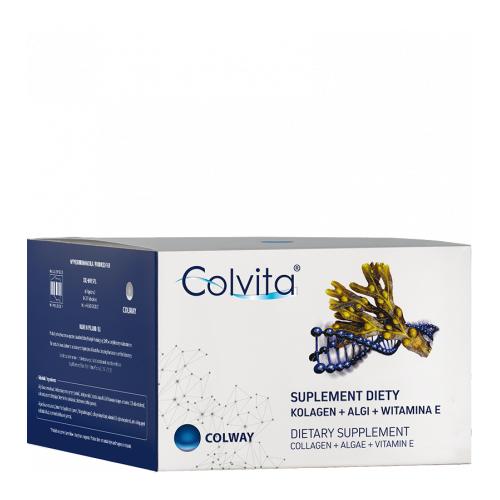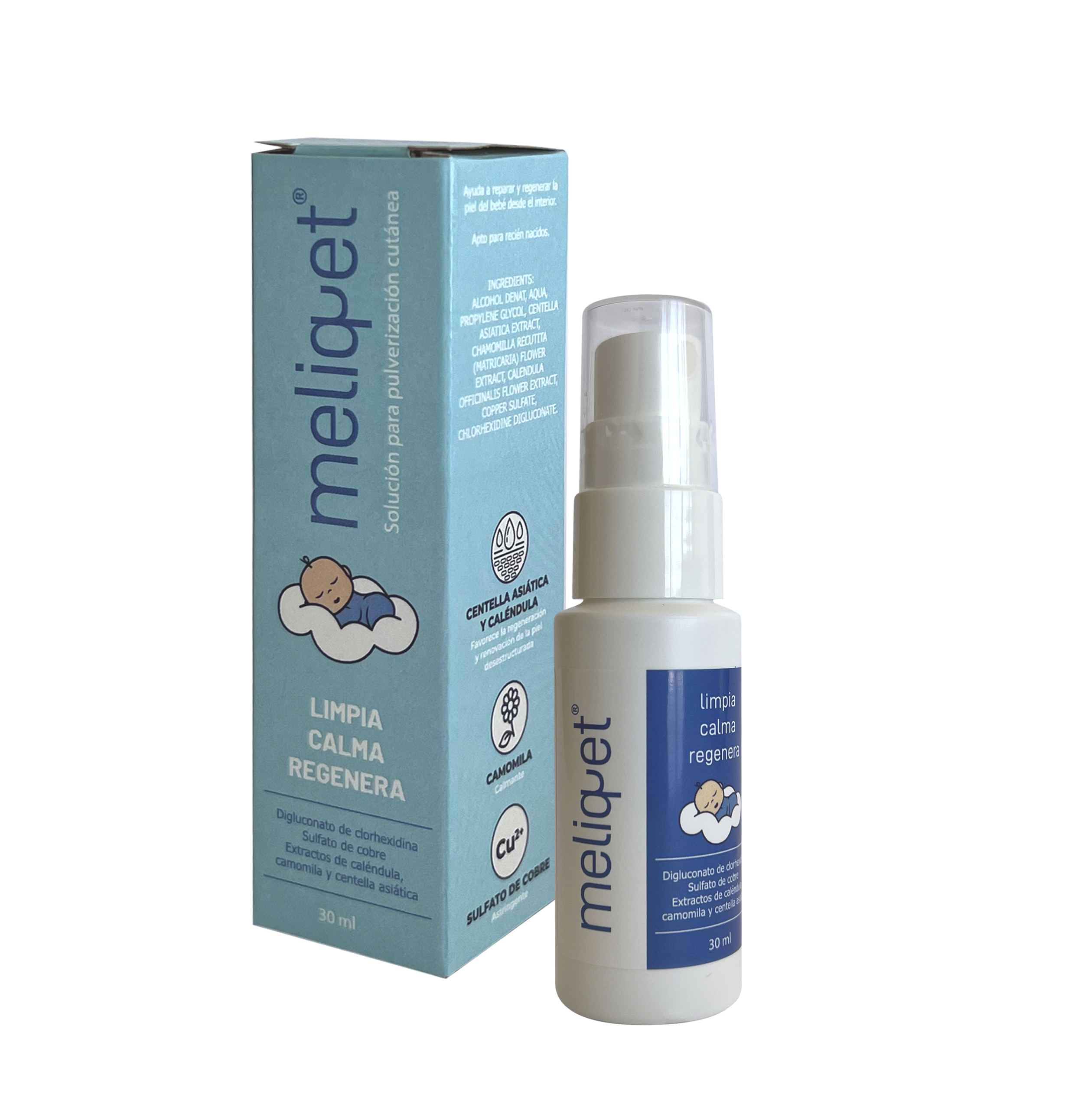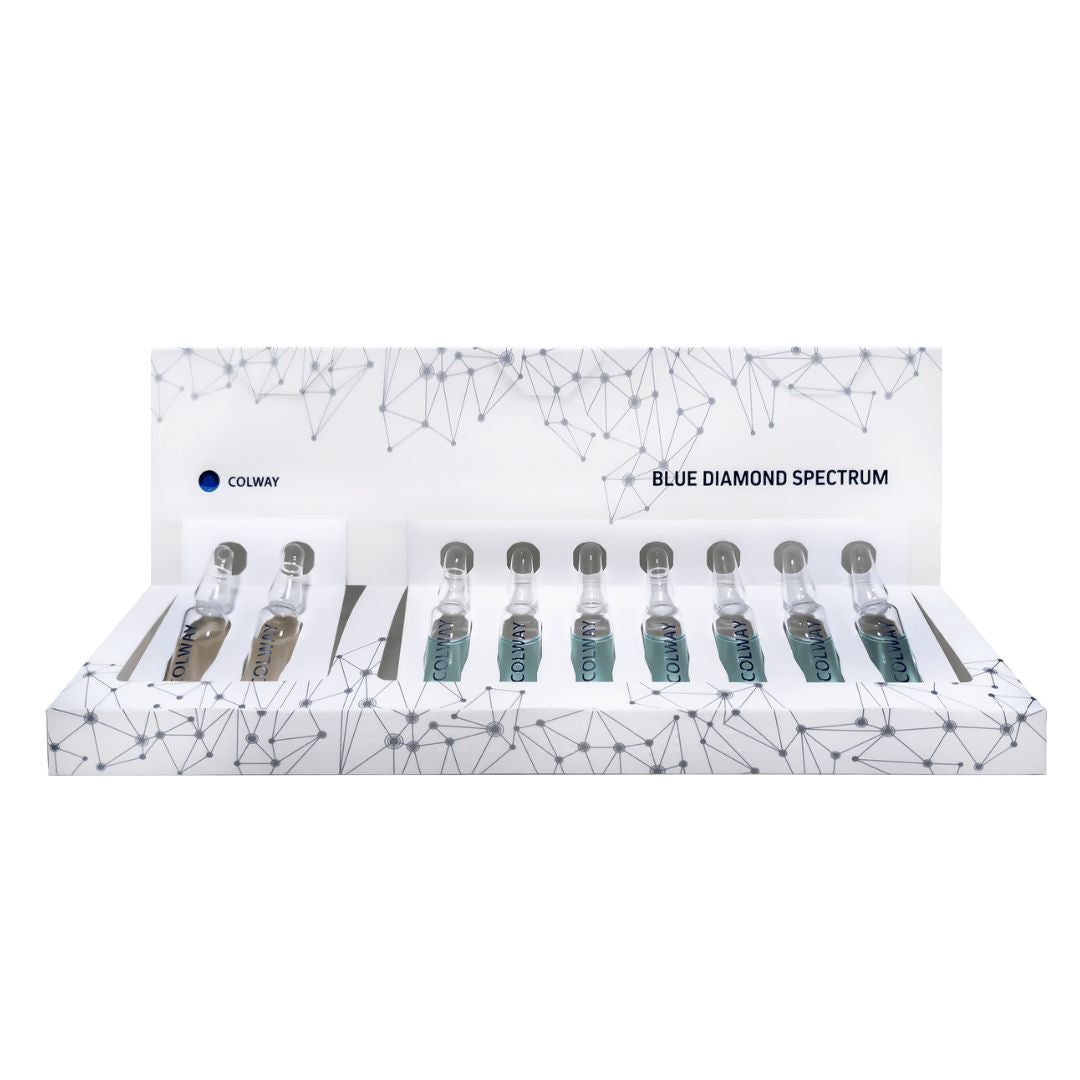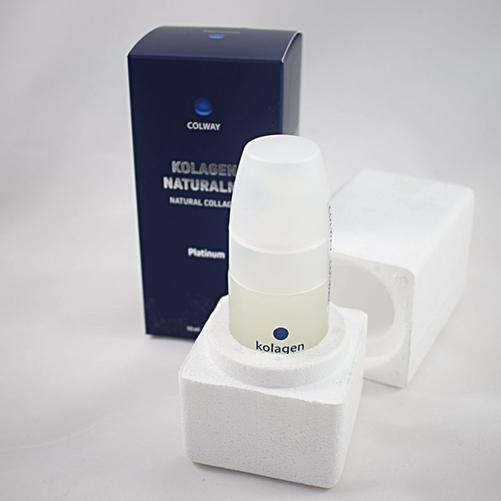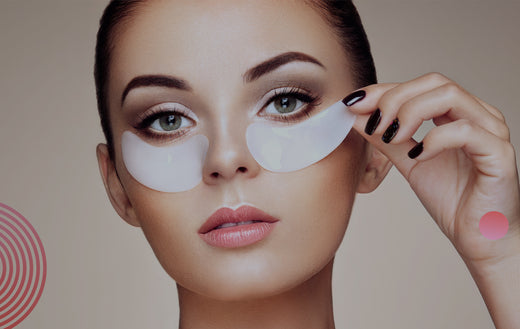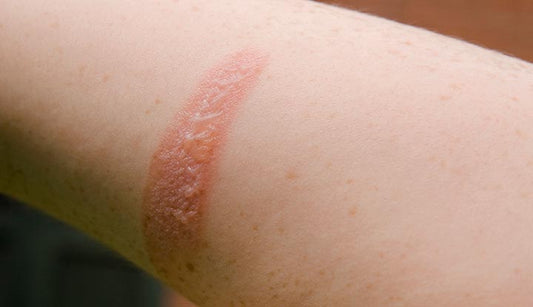Unleashing the power of nanofibers in cosmetics: deeper delivery for healthier skin
Nanofibers are microscopic fibers with a diameter of less than 1000 nanometers that can be produced by various techniques including electrospinning, phase separation, template synthesis, and self-assembly. The use of nanofibers in cosmetics has gained attention in recent years due to their unique properties, such as large surface area, high porosity, and high retention levels, which make them an ideal material for delivering active ingredients to the skin. In this article, we will discuss why nanofibers are beneficial in cosmetics, particularly in transporting active ingredients to the skin.
Easy and Efficient Transport of Active Ingredients:
One of the main benefits of using nanofibers in cosmetics is their ability to transport active ingredients, such as vitamins and antioxidants, to the skin more efficiently than traditional delivery methods. Nanofibers can be incorporated into nanoemulsions, which are stable emulsions with droplets smaller than 100 nm, to form a nanofiber network that can hold and release active ingredients. This network provides a large surface area for the active ingredients to be in contact with the skin, allowing for better absorption and utilization. Furthermore, the small size of the droplets in nanoemulsions allows them to penetrate deeper into the skin, reaching the dermis and subcutaneous tissue where they can have the greatest impact.
Encapsulation of nanoliposomes:
Another advantage of using nanofibers in cosmetics is their ability to encapsulate bioactive agents, such as vitamins, peptides, and plant extracts, using nanoliposomes. Nanoliposomes are tiny lipid vesicles that can encapsulate hydrophilic and hydrophobic compounds and protect them from degradation and oxidation. The use of nanoliposomes in cosmetics allows efficient delivery of active ingredients to the skin without clogging pores or causing irritation. The small size of nanoliposomes allows them to penetrate the skin deeper and more efficiently, leading to better absorption and efficacy.
High levels of retention:
Nanofibers have high retention levels due to their unique properties such as small pore size and high porosity. They can absorb large amounts of liquid, making them ideal for use in cosmetic products, such as face masks and creams. The high retention levels of nanofibers also mean they can retain active ingredients for longer periods, allowing for sustained release over time. This sustained release can lead to better efficacy and longer lasting benefits for the skin.
Breathable Materials:
Nanofibers are breathable materials due to their oxygen and water permeability properties. This makes them ideal for use in breathable cosmetics, such as cleansers and moisturizers. The breathability of nanofibers allows for better oxygenation of the skin and can help prevent the buildup of sweat and oils, which can lead to acne and other skin problems. In addition, the water permeability of nanofibers allows for better skin hydration, leading to a healthier and more radiant complexion.
Deeper Delivery:
The large surface area of the nanofibers also increases the contact surface between the mesh and the skin, providing efficient delivery of active agents to the deeper parts of the skin. This deeper delivery can lead to better efficacy and longer lasting benefits. Additionally, the small size of nanofibers allows them to penetrate deeper into the skin, reaching the dermis and subcutaneous tissue where they can have the greatest impact. This deeper delivery can improve collagen production, increase skin elasticity, and reduce the appearance of fine lines and wrinkles.
In general, nanofibers have a wide range of applications in cosmetics, including face masks, creams, lotions, and serums. Nanofibers can be incorporated into these products to enhance their effectiveness and provide deeper delivery of active ingredients to the skin. They can also be used in breathable cosmetics, such as cleansers and moisturizers, to improve skin oxygenation and hydration. Additionally, nanofibers can be used to encapsulate bioactive agents, such as vitamins and antioxidants, for better absorption and retention. In general, the use of nanofibers in cosmetics can improve the health, hydration and appearance of the skin.

